Mary Wadsworth, co-owner of the Dorothy Butler Children’s Bookshop in Auckland, reviews four recent non-fiction titles by international authors – Finding Gobi: The True Story of One Little Dog’s Big Journey, about an extreme athlete’s quest to find a dog he befriended in China, The Egg, which introduces us to an everyday biological wonder, The Big Book of Antarctica, full of facts and stunning photographs of the icy continent and How Long is a Whale? a delightful counting book exploring measurement.
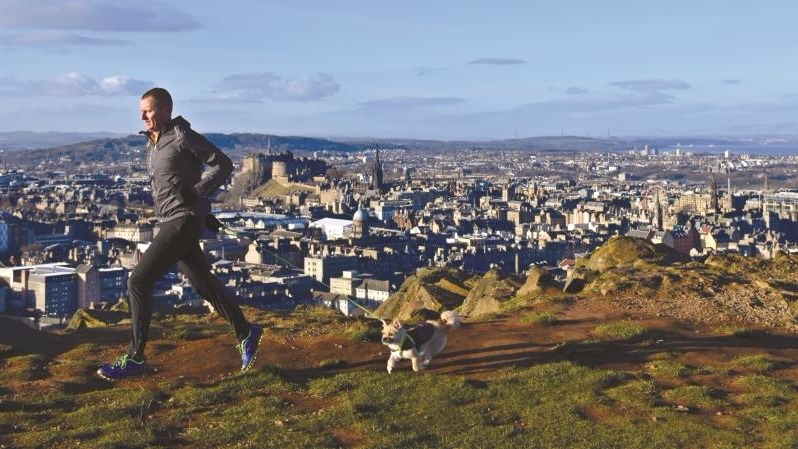
Finding Gobi: The True Story of One Little Dog’s Big Journey, by Dion Leonard (HarperCollins)
Who can resist a story about a devoted little dog and a man who finds himself travelling half way around the world to find his canine companion?
What is more, the story of Finding Gobi: The True Story of One Little Dog’s Big Journey just happens to be, as the subtitle says, true. Dion Leonard is one of those amazing ultra-runners who loves running long distances day after day.
The story starts during one of Dion’s races in China, when he notices a friendly dog who seems to enjoy running too. The dog keeps Dion company for miles and miles and lifts Dion’s spirits during the long hours of the race. Dion starts taking notice of the dog and looks after it at the end of the day. At the end of the race, Dion and the dog whom he has named ‘Gobi,’ after the desert that they’ve been running through, have become so attached that Dion becomes determined to take the dog home with him to Edinburgh.
Dion goes back home to Scotland to get the bureaucratic wheels in motion to allow Gobi to travel, leaving Gobi to be looked after by a woman he met during the race. Just when Dion has raised enough money to bring Gobi over from China, Gobi goes missing.
The twists and turns that the story takes from this point are what makes it a gripping read. Dion goes back to China to find Gobi. The difficulties in communication and the cultural differences are intriguing and will be a real point of interest for younger readers. Finally, after a long and harrowing search, the pair are reunited.
There is a version of this book that has been written for adults and there is also a picture book due out soon. Dion has written this book in the third person but occasional paragraphs written from Gobi’s perspective add to the empathy the reader feels for the brave dog.
Any young person with an interest in animals will enjoy this book. Suitable for ages eight through to teenage.
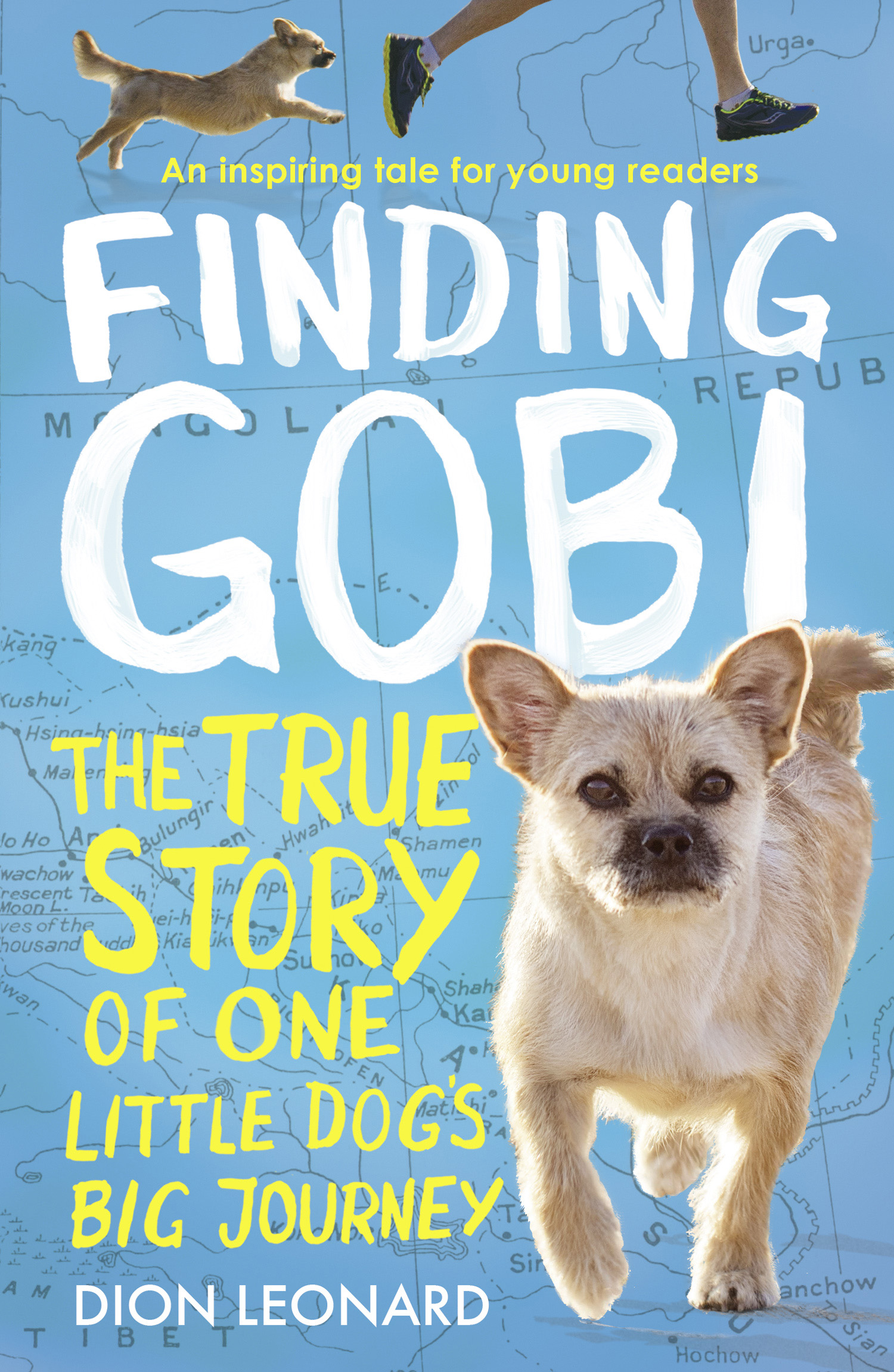
Finding GobI: The True Story of One Little Dog’s Big Journey
By Dion Leonard
Published by HarperCollins
RRP $14.99

The Egg, by Britta Teckentrup (Prestel)
The Egg is a gorgeous hardback book from the talented German illustrator and writer Britta Teckentrup all about that miracle of nature, the egg.
Britta has published many other books including The Memory Tree and Bee. She seems equally at home writing story books and non-fiction books.
The first thing I noticed about this book is the subtle, pastel-toned illustrations which elegantly portray the varied patterns and colours of eggs and the creatures who produce them. The book design is outstanding with each illustration being perfectly suited to the adjacent text. It is one of those books where you want to have the illustrations as pictures hanging on your wall. My favourites were the portrayals of the hummingbird and its tiny egg, and the snowy owl whose feathers blend into the page, but whose eyes look straight out at you.
As well as being visually superlative, the book is an absolute wealth of information about eggs. The facts don’t overwhelm the reader as the book is carefully structured with a few short sentences on each subject, with usually a picture on the opposite page allowing a new discovery on every page. The language used is straightforward but uses a good depth of vocabulary and the occasional more scientific words are explained well.
In the first part of the book, the different shapes, sizes and colours of birds’ eggs are discussed. The development of a chick inside the egg is shown by an eight-part illustration. This is followed by a look at the interrelated subject of birds’ nests. Did you know the study of birds’ nests is called ‘caliology’? Fish, reptile and insect eggs are looked at in less detail but are nonetheless fascinating. Finally, the book shows us the importance of the egg in mythology, religion and art from ancient times.
The beautiful illustrations and the interesting detail make this book a treasure to keep for a long time. Suitable for ages seven and up.
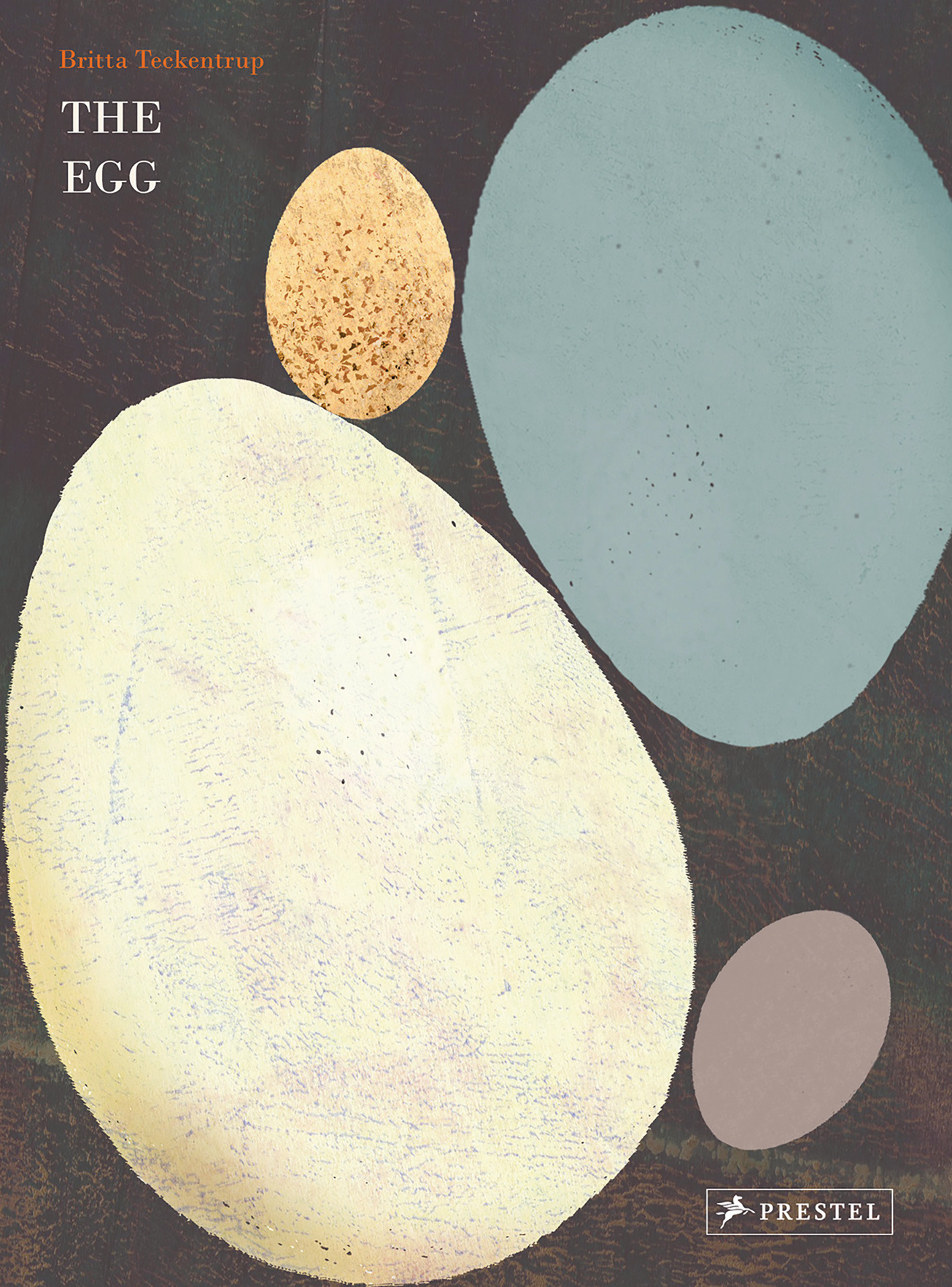
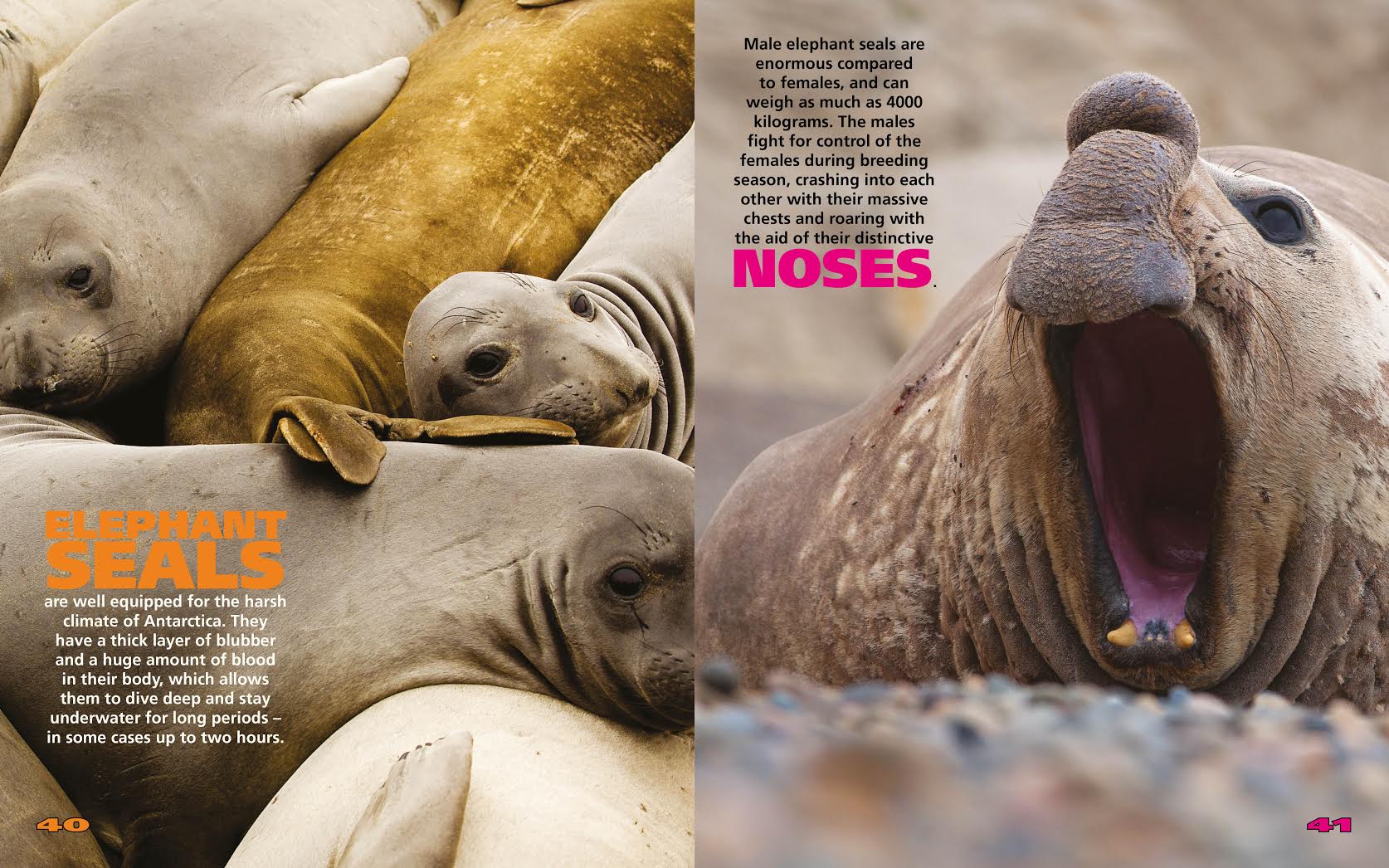
The two things I immediately loved about The Big Book of Antarctica were the amazing photographs on every page – and there are over fifty pages – and the fact that it is a big book which helps to give a sense of the majesty and beauty of Antarctica.
The photographs are overlaid with two or three sentences of text giving information about that particular photo. The unique geography and climate of Antarctica is discussed over several pages with a map showing the main features of Antarctica including the enormous ice shelves. There are also some pages on the early Antarctic explorers as well as the importance of the whaling industry in Antarctic history.
Approximately one third of the book is devoted to the unique birds and animals of Antarctica. I really enjoyed seeing the photographs of the individual penguin and seal species and learning about how they have adapted to living in such an inhospitable place. Climate change, and the impact of the shrinking Antarctic ice sheet is touched on as well as the popularity of Antarctic tourism.
The author, Charles Hope, is Australian and has written many other non-fiction titles for children. This formula of good quality photos and small chunks of text is a wonderful way to spark interest in a subject for children aged six to ten.
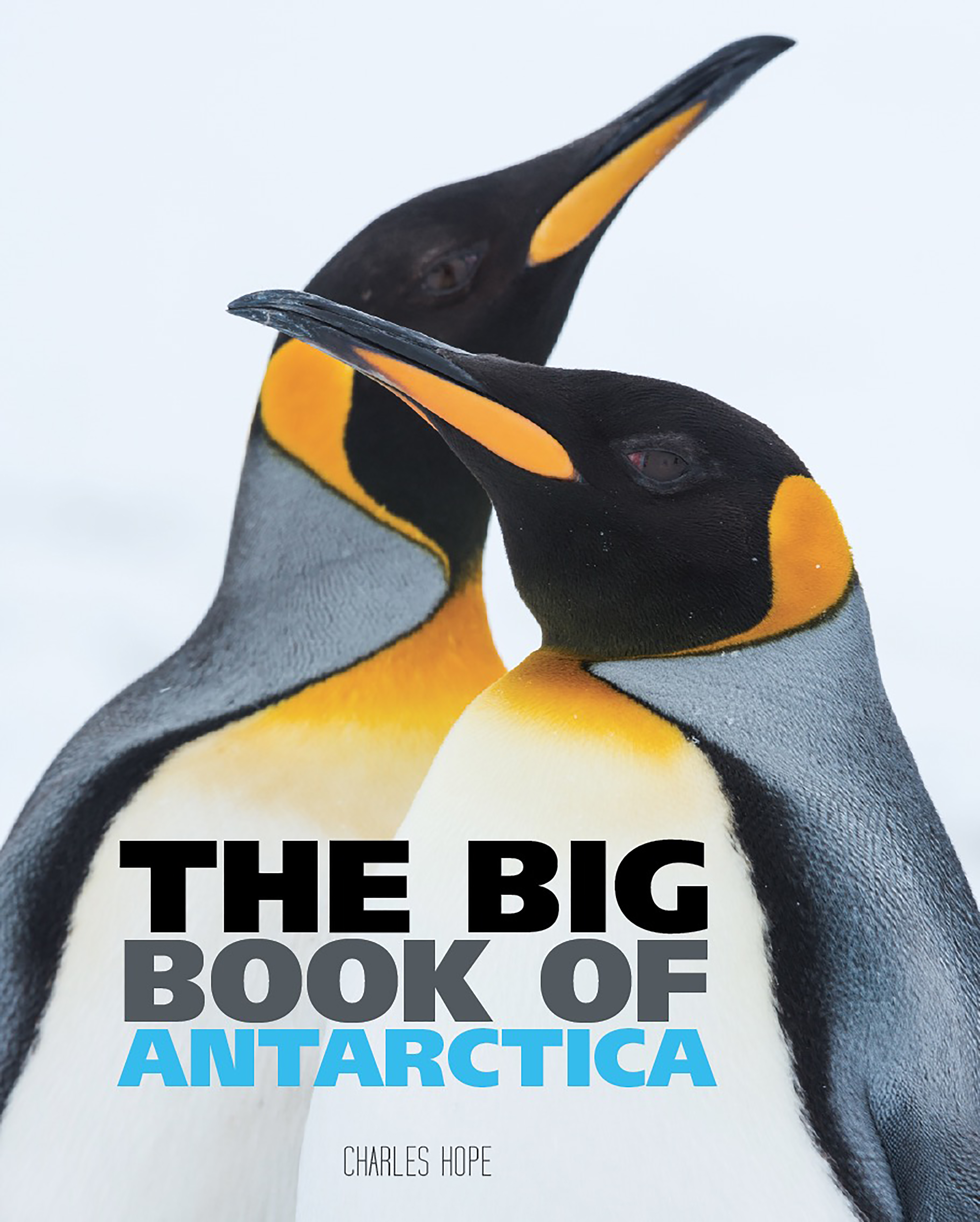

Following on from her very successful How Much Does a Ladybird Weigh? British author Alison Limentani has written a companion volume, this time focusing on the measure of length.
So how long is a whale? As long as six dolphins or three sharks?
While learning about length and the scale of different marine species this book also helps with the valuable skill of counting down from ten to one. The counting starts with ten sea otters and goes all the way down to one blue whale.
How Long is a Whale? is a simple but very effective picture book for curious toddlers and pre-schoolers. The surprise fold out pages at the end emphasize the difference between the big humpback whale and the absolutely huge blue whale. I can envisage toddlers wanting to fold those pages back again and again. It has been published as a hardback with an attractive embossed cover picturing a whale and the title is highlighted in foil.
Alison Limentani studied animal behaviour at university and also trained as a veterinary nurse so the animals and sea creatures are drawn very accurately. They are shown on a simple background in slightly muted blue, turquoise and violet tones. Cleverly, there is a scuba diver on every page allowing the reader to relate the size of each fish or animal back to the human form.
This is a counting book but there is far more to learn about than just numbers.
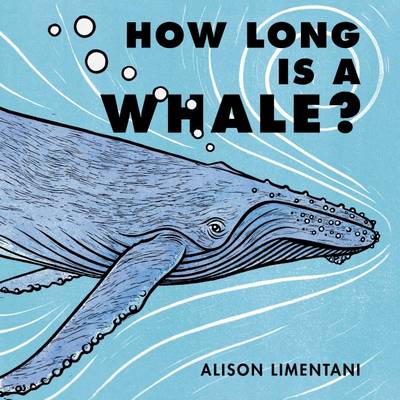
Mary Wadsworth
Mary is the co-owner, along with her sister Helen, of the Dorothy Butler Children's Bookshop in Auckland. A lifelong passion for reading and books led to a career change from chemical engineering to bookselling about five years ago. The best parts of her job are talking to customers and the excitement of opening the boxes of new books from the publishers. The bonus is being able to read (sometimes!) at work.



